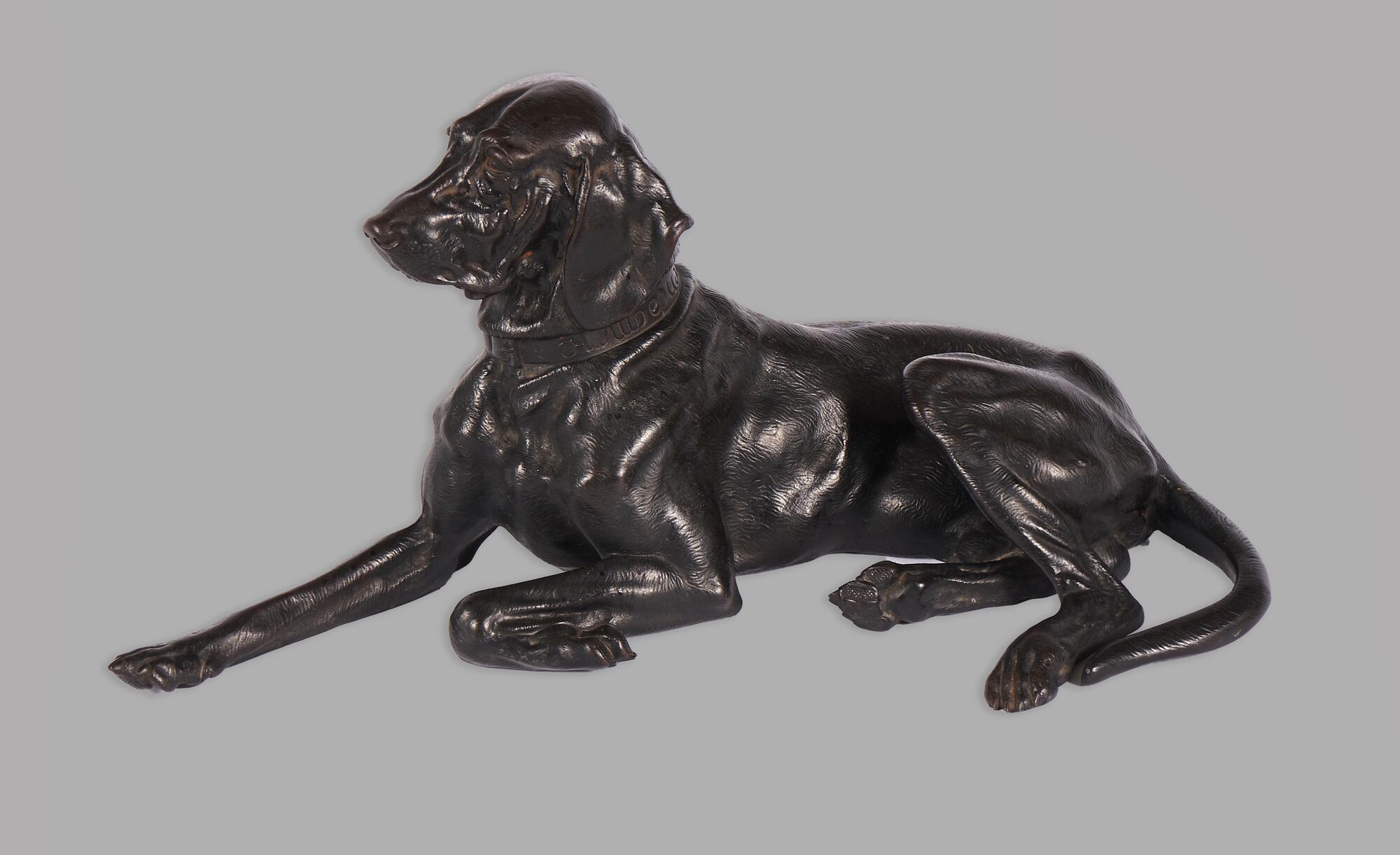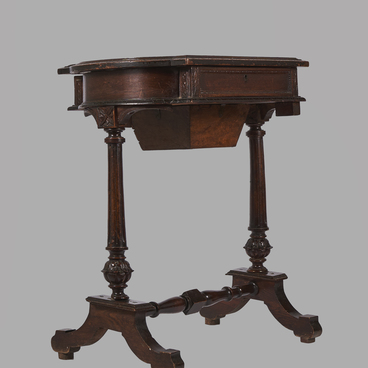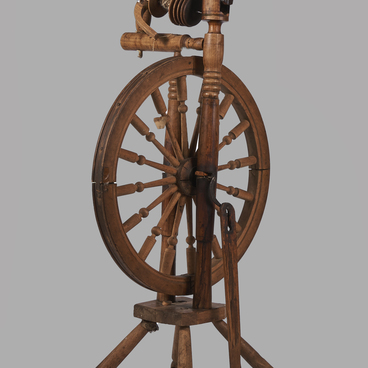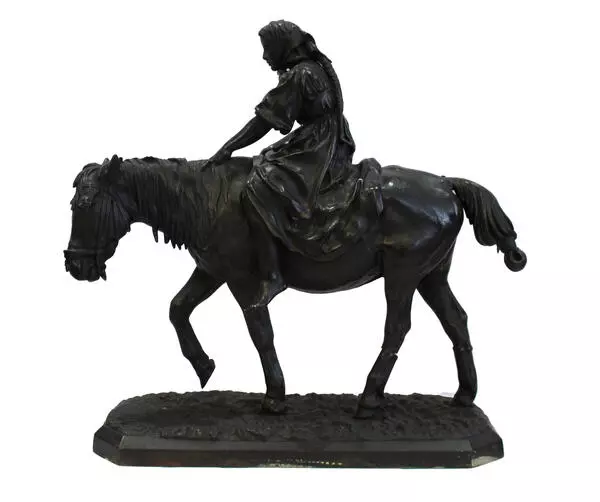Kasli casting was a kind of folk craft. Artisans who mastered this craft created real masterpieces from cast iron. The unusual name of the craft was due to the location of the plant that manufactured cast products.
The plant was located in a small town called Kasli. Kasli iron casting originated back in 1747, when Yakov Korobkov, a merchant from Tula, founded a plant in the Southern Urals. The enterprise specialized in manufacturing iron and smelting cast iron. The location was chosen for a reason. There were large stocks of metal and unique molding sand stored in Kasli, as well as enough timber in the region to make coal.
In 1751, the plant became the property of Prince Demidov, and then the merchant Rastorguev. At that time talented artists, chasers and other specialists of the highest category joined the enterprise. Thanks to skillful management, the plant quickly gained worldwide fame.
In 1824, German technologies were introduced into production, which contributed to the high quality of casting. From 1860 to 1890, the demand for iron products reached unprecedented heights. Cauldrons, bowls, figurines and sculptures made by Ural artisans were in demand. The plant repeatedly took part in exhibitions held in Paris and London.
The First World War, the Civil War, and the Great Patriotic War had a negative impact on iron production. Later, the almost forgotten craft and a unique collection of products were gradually recreated. In 1978, UNESCO included the cast iron factory in Kasli in the list of World Cultural Heritage in Russia.
Initially, the figurine “Pointer Dog” was made in 1866 for the bronze foundry of K.F. Werfel in St. Petersburg.
Pointer dogs are a very active and friendly dog breed who are loyal to their owners and family. In Russia, the breed has been mentioned since 1842. The animals were kept mainly by representatives of the nobility.
The plant was located in a small town called Kasli. Kasli iron casting originated back in 1747, when Yakov Korobkov, a merchant from Tula, founded a plant in the Southern Urals. The enterprise specialized in manufacturing iron and smelting cast iron. The location was chosen for a reason. There were large stocks of metal and unique molding sand stored in Kasli, as well as enough timber in the region to make coal.
In 1751, the plant became the property of Prince Demidov, and then the merchant Rastorguev. At that time talented artists, chasers and other specialists of the highest category joined the enterprise. Thanks to skillful management, the plant quickly gained worldwide fame.
In 1824, German technologies were introduced into production, which contributed to the high quality of casting. From 1860 to 1890, the demand for iron products reached unprecedented heights. Cauldrons, bowls, figurines and sculptures made by Ural artisans were in demand. The plant repeatedly took part in exhibitions held in Paris and London.
The First World War, the Civil War, and the Great Patriotic War had a negative impact on iron production. Later, the almost forgotten craft and a unique collection of products were gradually recreated. In 1978, UNESCO included the cast iron factory in Kasli in the list of World Cultural Heritage in Russia.
Initially, the figurine “Pointer Dog” was made in 1866 for the bronze foundry of K.F. Werfel in St. Petersburg.
Pointer dogs are a very active and friendly dog breed who are loyal to their owners and family. In Russia, the breed has been mentioned since 1842. The animals were kept mainly by representatives of the nobility.





